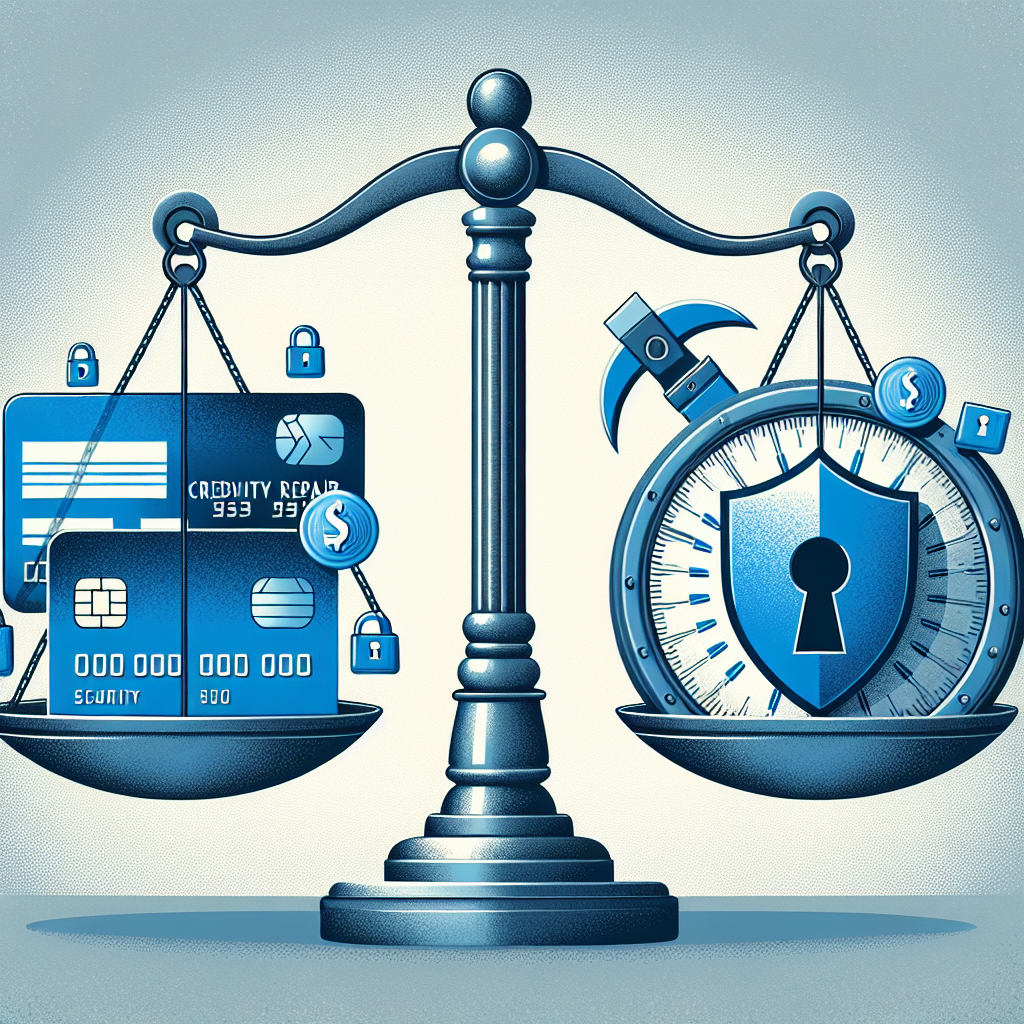The modern digital age has made it increasingly easy for people to become victims of identity theft. As incidents of identity fraud escalate, individuals are often left to navigate the complexities of credit repair to regain their financial stability. This article explores the intricate relationship between credit repair and identity theft, providing valuable insights and tips for those who find themselves entangled in these challenging situations.
Understanding Identity Theft
What is Identity Theft?
Identity theft occurs when someone uses another person’s personal information—like their name, Social Security number, or credit card details—without permission. This can lead to unauthorized transactions, drained bank accounts, and damaged credit. In fact, a recent study revealed that approximately 1 in 15 people are victims of identity theft every year.
Types of Identity Theft
There are various forms of identity theft, including:
- Financial Identity Theft: When a thief accesses a victim’s bank or credit card accounts to steal funds.
- Medical Identity Theft: When someone uses another person’s medical information to receive healthcare services or prescriptions.
- Social Security Identity Theft: When personal identification numbers are stolen and misused for various purposes, such as opening new accounts or receiving benefits.
The Impact of Identity Theft on Credit
How Identity Theft Affects Your Credit Score
Identity theft can have a severe impact on an individual’s credit score. When thieves open new credit accounts in someone else’s name, it can lead to unexpected expenses and delinquent payments, which negatively affect credit ratings. Even a single late payment can drop a credit score significantly.
Long-Term Consequences
The consequences of identity theft can linger long after the initial theft occurs. Victims may find it challenging to secure loans, obtain rental agreements, or even land certain jobs due to their tarnished credit history. Understanding these long-term impacts is crucial for anyone wanting to protect their credit standing.
The Need for Credit Repair After Identity Theft
What is Credit Repair?
Credit repair involves the process of correcting or improving one’s credit report. This can include disputing inaccuracies, negotiating with creditors, and developing strategies to boost credit scores. After experiencing identity theft, credit repair is often the most viable option to reclaim one’s financial identity.
Steps for Effective Credit Repair
-
Review Your Credit Report: Obtain free copies of your credit reports from all three major credit bureaus (Experian, Equifax, and TransUnion) to identify errors caused by identity theft.
-
Dispute Errors: If you find accounts or inquiries that you did not authorize, file disputes with the credit bureaus to have them investigated and potentially removed.
-
Place a Fraud Alert: Consider placing a fraud alert on your credit reports. This acts as a warning to creditors that any requests for new credit should be verified with you.
-
Consider a Credit Lock or Freeze: A more drastic measure is to freeze your credit, preventing new accounts from being opened in your name until you are ready to lift the freeze.
- Seek Professional Help: If you find the process overwhelming, directing your efforts toward a credit repair company might be worthwhile. Be sure to choose a reputable service that specializes in identity theft recovery.
Preventative Measures Against Identity Theft
Tips to Safeguard Personal Information
Preventing identity theft involves vigilance and proactive measures:
- Monitor Your Financial Accounts Regularly: Keep a close eye on transaction histories for any unusual activity.
- Utilize Strong Passwords: Combine uppercase and lowercase letters, numbers, and symbols to create complex passwords for online accounts.
- Be Cautious with Personal Information: Share personal information only when absolutely necessary and refrain from giving sensitive details over the phone or online unless you are sure of the recipient’s credibility.
- Shred Documents: Properly dispose of sensitive financial documents to prevent them from falling into the wrong hands.
Conclusion
The connection between credit repair and identity theft is complex and significant. Understanding how identity theft can impact credit scores highlights the importance of being vigilant in safeguarding personal information. In the unfortunate event of identity theft, knowing how to navigate the credit repair process can make all the difference in restoring financial integrity. By remaining proactive and informed, individuals can better protect themselves and recover from the adverse effects of identity theft. Stay vigilant, and take appropriate measures to ensure your financial future remains secure.

